PRODUCTS
CONTACT US
Ningbo Nide International Co., Ltd.
一一
· Contact person:Jack Zeng
· Mob/Whatspp/WeChat:0086-13738869026
· Email:emarketing@nide-group.com;marketing4@nide-group.com
· Add:No. 169, Wohushan Road, Daqi Subdistrict, Beilun District, Ningbo, China

Nide team could manufacture ball bearing as per customer’s drawing and samples.
If customer only has samples, we could also design drawing fo r our customer.
We also provide customized service.
Our ball bearing is widely applied the different industrials.
Ningbo Haishu Nide International is a professional manufacturer engaged in bearing research and sales. The factory covers an area of over 9000 square meters and has over 100 employees. The company has modern production equipment and advanced testing instruments. We produce deep groove ball bearings, spherical roller bearings, shaft,magnet,motor cover and lamination,insulation paper,ball bearing,carbon brush, etc. The bearing accuracy is P0, P6, P5, P4 levels, widely used in air condition motor,single and three phase induction motor,washing machine motor,BLDC motor,servo motor,water pump motor,compress motor,fan motor. Passed ISO9001:2015 and CE status.
We adopt first-class production equipment and a comprehensive testing system, and hire excellent technical personnel for operation and management. Our bearings are now very popular in the United States, Canada, Türkiye, Russia, Argentina Austria,Bhutan,Christmas Island and other countries and regions.Nide wishes is to provide world wide customers with one-stop service for the motor manufacturing.
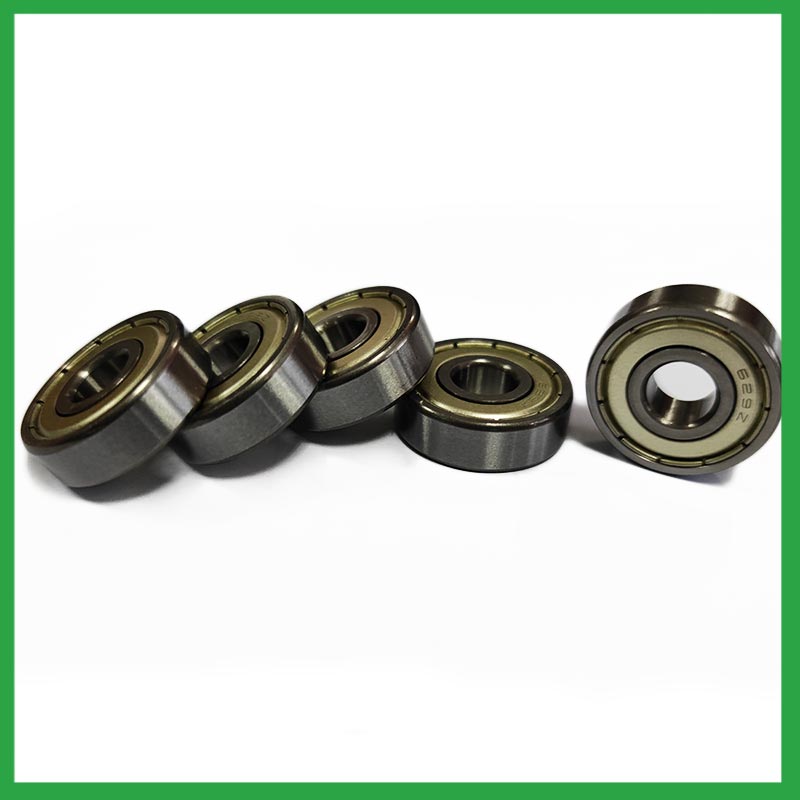
| Parameter | Information |
|---|---|
| Product Name | sleeve bearing or ball bearing |
| Brand Name | NIDE |
| Place of Origin | Ningbo,China |
| Material | ceramics, etc. |
| Structure | Deep Groove |
| Color | Customized Color |
| Delivery Time | 5-7days |
| Port | Ningbo/Shanghai |
| Export region | America,Asia,Europe |
| Export Country | India,Brazil,South Korea,Palau,Poland,Cayman Islands,Uzbekistan...etc |
| Application | chemical equipment, etc. |
| OEM/ODM | Yes |
| Size | Customized size |
| Stock | In Stock |
| Feature | Low Noise,High speed...etc |
| MOQ | 10 pieeces(Specific according to the model) |
| Certification | ISO9001,CE-insulation paper inserting machine,CE-stator coil winding inserting machine,etc |
| Supply Ability | 100000-500000 Piece/Pieces per Month |
| Lubricate | Oil Grease |
| Packaging Details | Suitable for sea transportation |
| Lead time (days) | 15-20 (To be negotiated) |
Please note: The above table data is for reference only. For specific information, please contact us.
sleeve bearing or ball bearing is a component with a ball as the rolling element, consisting of an inner ring, an outer ring, and a ball. They form a closed raceway between the rings, and the ball rolls through a curved surface in the raceway.
During the disassembly process, the outer shell should be kept intact to avoid unnecessary damage;
When replacing installation components, attention should be paid to the accuracy of the support components to prevent deformation;
During the disassembly process, attention should be paid to protecting the surface quality of the ball bearing to ensure its performance;
During the operation, attention should be paid to removing surface dust to ensure the quality of the ball bearing.
Ball bearings have many advantages, making them highly competitive in the market.
Firstly, they are very durable and have good wear performance, making their service life longer than many other types of bearings.
Secondly, they are easy to install and can provide low friction performance in various applications.
Thirdly, they require a relatively low level of maintenance, making them cost-effective.
In addition, compared to many other types of bearings, their purchase cost is relatively low, making them an economical choice.




sleeve bearing or ball bearing---FAQs Guide
2.How do different sleeve bearing or ball bearing designs, such as deep groove, angular contact, or thrust bearings, cater to specific applications?
3.What are the after-sales services available for sleeve bearing or ball bearing?
4.What are the standard sizes and dimensions of sleeve bearing or ball bearing?
5.What is the load distribution within a sleeve bearing or ball bearing, and how does it vary between different bearing configurations?
6.What are the advancements and innovations in sleeve bearing or ball bearing technology that have emerged in recent years?
7.What is the significance of sleeve bearing or ball bearing lubrication, and how does it affect bearing lifespan and performance?
8.Are there hybrid sleeve bearing or ball bearing that combine steel rings with ceramic balls to optimize performance in demanding applications?
9.As a sleeve bearing or ball bearing manufacturer,What is your payment method?
10.Can sleeve bearing or ball bearing be customized with special coatings or treatments to meet specific industry standards or regulatory requirements?
11.Where can sleeve bearing or ball bearing be used?
1.Are there sleeve bearing or ball bearing designed for extreme temperature environments, such as cryogenic or furnace applications?
High temperature sleeve bearing or ball bearing use specialized lubricants to stand up to high temperatures. Grease-packed bearings are pre-filled with fluorine grease for high temperatures, while YS and SJ bearings use molybdenum disulfide (MoS2) solid lubricant to withstand temperatures up to 350°C and 400°C respectively.
2.How do different sleeve bearing or ball bearing designs, such as deep groove, angular contact, or thrust bearings, cater to specific applications?
Deep groove sleeve bearing or ball bearing: Deep groove ball bearings are the most common type. They can handle both radial and axial loads. Angular contact ball bearings: Angular contact ball bearings have higher than average internal axial clearance. They can handle axial loads in one direction and moderate radial loads.
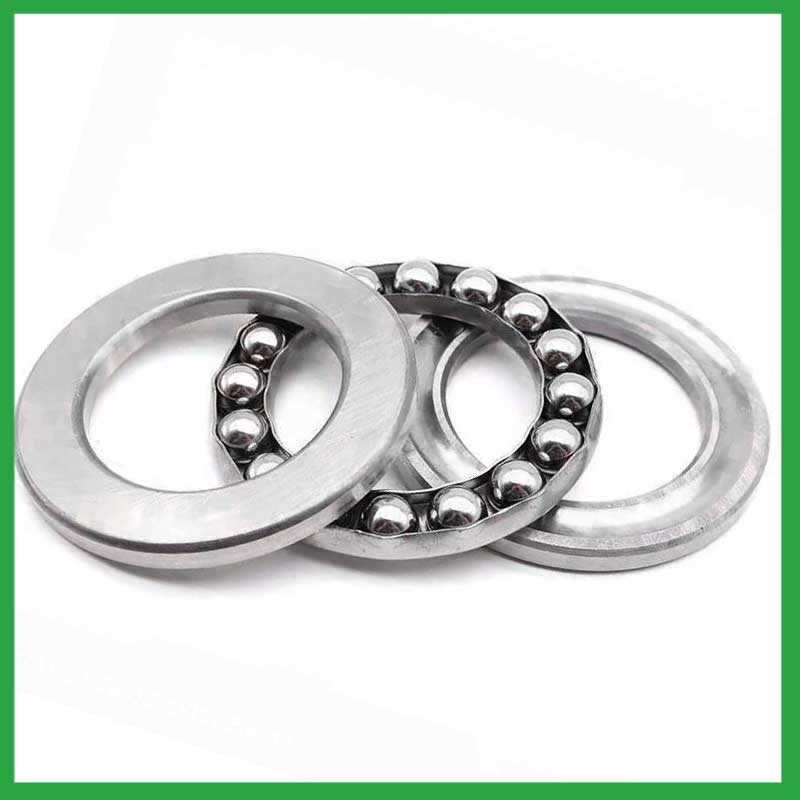
3.What are the after-sales services available for sleeve bearing or ball bearing?
If you find problems or failures in the assembly or use of the bearings , which needs to consult and other services, please feedback to Nide International in time.
4.What are the standard sizes and dimensions of sleeve bearing or ball bearing?
sleeve bearing or ball bearing size charts are widely available, and can be used to find the measurements of a specific bearing. Series 6200 and 6300 are the most commonly used, and typically range from 10 x 30 x 9 mm (. 394 x 1.181 x . 354 in) to 150 x 320 x 65 mm (5.906 x 12.598 x 2.559 in).
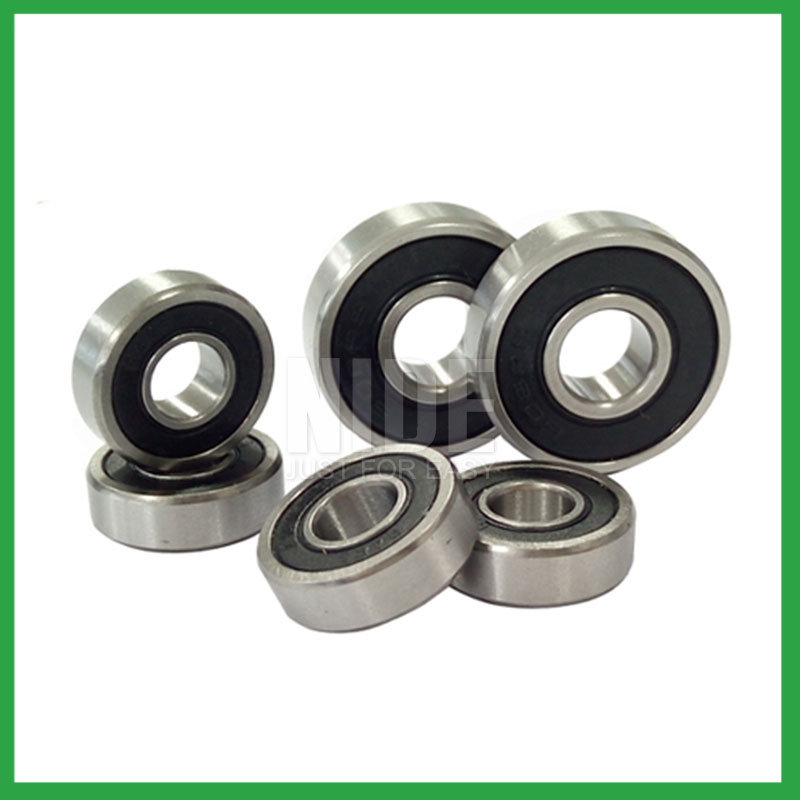
5.What is the load distribution within a sleeve bearing or ball bearing, and how does it vary between different bearing configurations?
The load distribution between the rolling elements and raceway is crucial in performance evaluation of rolling element bearings. Determine the load distribution by measuring the strain response at the bearing surface with a notched housing. Finite element analysis shows that the introduction of notches does not affect the load distribution. An experimental system was developed to investigate the load distribution in a cylindrical roller bearing. The experimental static load distribution agrees well with the theoretical calculation. The dynamic load at specific position of load zone reflects the manufacture difference among rollers and dynamic balance of distributing loads.
6.What are the advancements and innovations in sleeve bearing or ball bearing technology that have emerged in recent years?
Significant advancements have been made in sleeve bearing or ball bearing steels over the years. Modern, ultra-clean bearing steels contain fewer and smaller non-metallic particles, giving ball bearings greater resistance to contact fatigue.
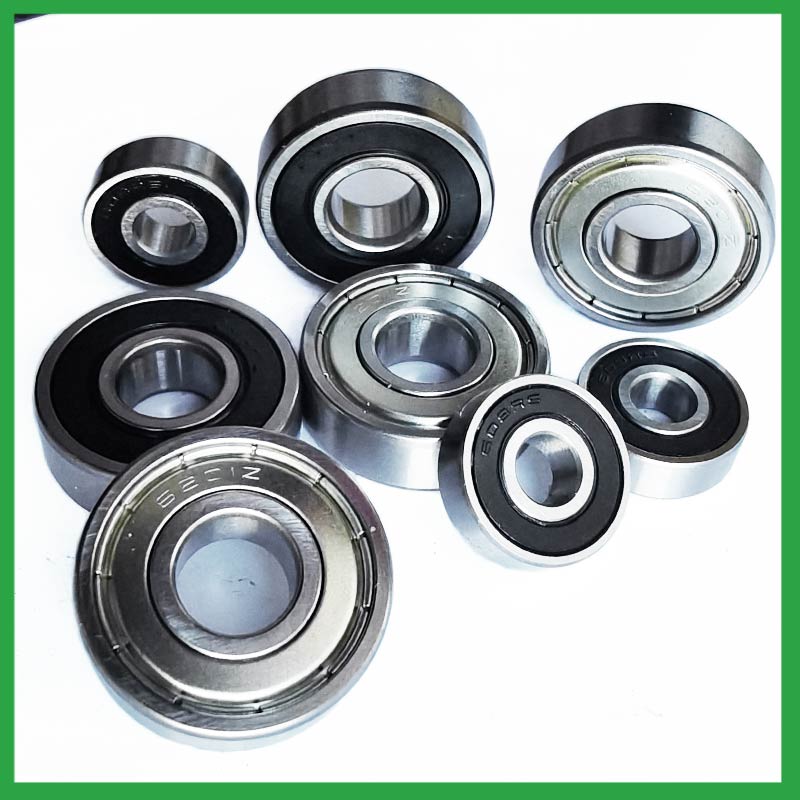
7.What is the significance of sleeve bearing or ball bearing lubrication, and how does it affect bearing lifespan and performance?
Bearing lubrication is vital for preserving the performance and lifespan of rolling element bearings. Lubrication helps separate moving parts relative to one another, such as rollers and raceways or balls, to prevent wear and tear and friction.
8.Are there hybrid sleeve bearing or ball bearing that combine steel rings with ceramic balls to optimize performance in demanding applications?
Hybrid Ceramic sleeve bearing or ball bearing. Ceramic ball bearings (also known as hybrid bearings) are the one component that'll easily optimize the performance of your application. Hybrid bearings have ceramic (silicon nitride, Si3N4) balls and 52100 bearing steel rings.
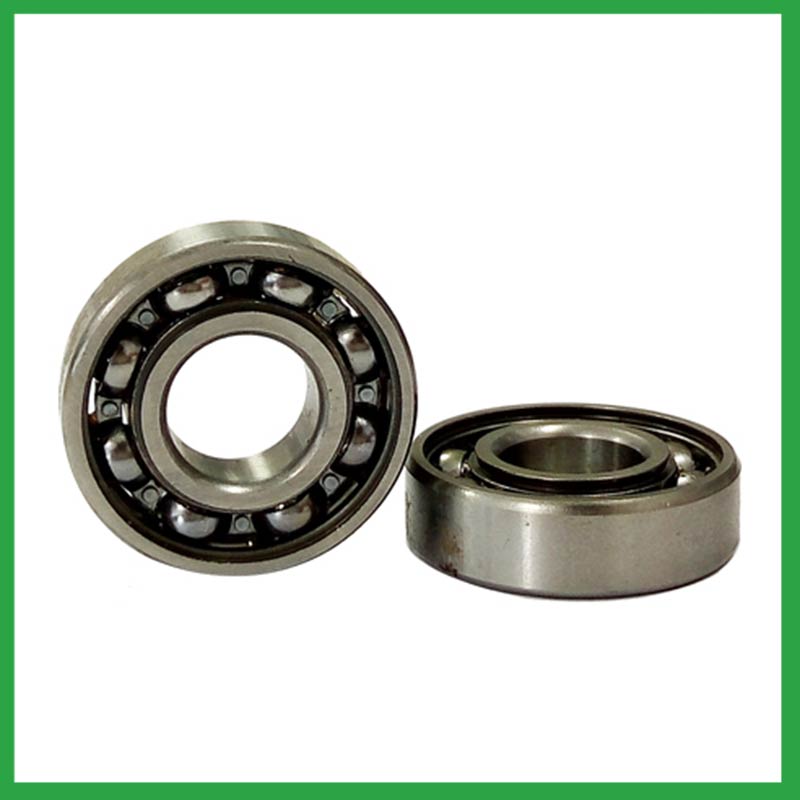
9.As a sleeve bearing or ball bearing manufacturer,What is your payment method?
We accept T/T, PAYPAL or Western Union, credit card or via ALIBABA Assurance order.
10.Can sleeve bearing or ball bearing be customized with special coatings or treatments to meet specific industry standards or regulatory requirements?
Yes, sleeve bearing or ball bearing can be customized with special coatings or treatments to meet specific industry standards or regulatory requirements.
1. Corrosion-resistant coatings: These coatings are used to protect the bearings from corrosion caused by exposure to moisture, chemicals, and other corrosive substances.
2. High-temperature coatings: These coatings are used to improve the thermal stability and performance of bearings in high-temperature environments.
3. Food-grade coatings: These coatings are specially designed for applications in the food and beverage industry, where bearings come into contact with food, beverage, or pharmaceutical products.
4. Anti-static and non-conductive coatings: These coatings are used to dissipate static electricity, which can cause damage to electronic components.
5. Specialized lubrication treatments: Bearings can be treated with specialized lubricants that meet specific industry standards or regulatory requirements.
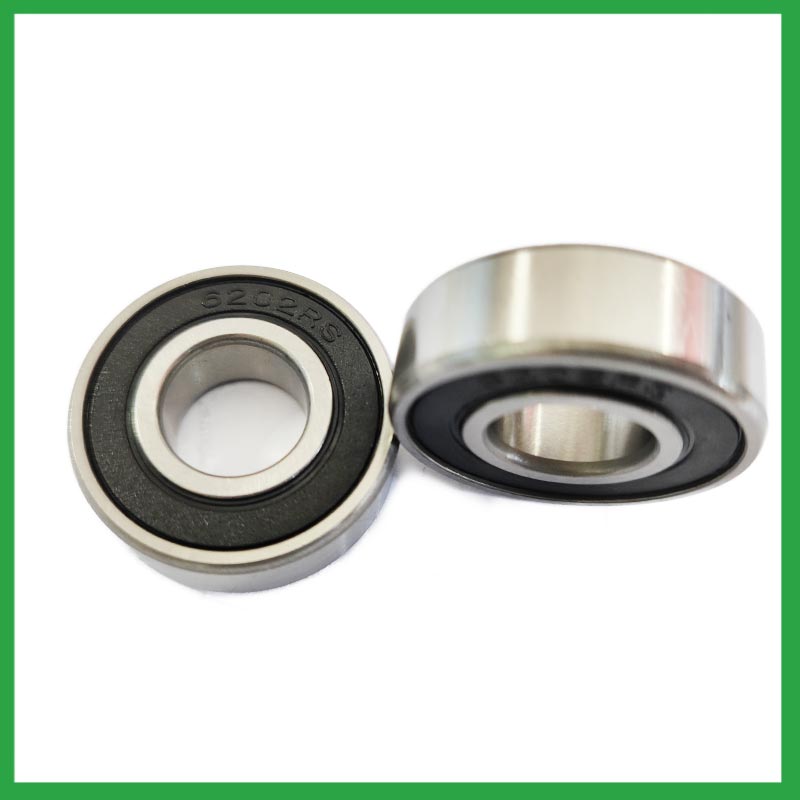
11.Where can sleeve bearing or ball bearing be used?
sleeve bearing or ball bearing are very versatile. They can be designed to withstand radial loads, axial loads and combined radial/axial loads at various operating speeds. These characteristics, combined with the relative cost and compactness of the design, give it universal appeal within the industry. Ball bearings are widely used in electric motors, gear reducers and pumps. Serving the automotive, home appliances, aerospace, oil and gas drilling, and mining sectors.

